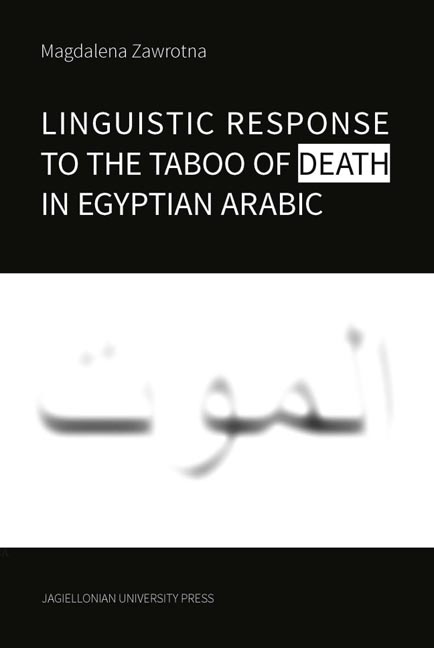Book contents
- Frontmatter
- Contents
- 1 Transcription system
- 2 Introduction
- 3 What is formulaicity?
- 4 Material
- 5 State of research
- 6 Structural notes
- 7 Qualitative analysis of death announcements, comments containing condolences and their responses
- 8 Recapitulation of the analysed material
- 9 Death and the agency of God
- 10 The taboo of death
- 11 Summary
- 12 Questions for further exploration
- Bibliography
- Miscellaneous Endmatter
3 - What is formulaicity?
Published online by Cambridge University Press: 14 October 2023
- Frontmatter
- Contents
- 1 Transcription system
- 2 Introduction
- 3 What is formulaicity?
- 4 Material
- 5 State of research
- 6 Structural notes
- 7 Qualitative analysis of death announcements, comments containing condolences and their responses
- 8 Recapitulation of the analysed material
- 9 Death and the agency of God
- 10 The taboo of death
- 11 Summary
- 12 Questions for further exploration
- Bibliography
- Miscellaneous Endmatter
Summary
In her work Formulaic Language and the Lexicon, Wray states that “although we have tremendous capacity for grammatical processing, this is not our only, nor even our preferred, way of coping with language input and output” (2002: 10). According to her, the majority of linguistic production is not processed analytically, which is in contradiction to Chomsky’s linguistics. Wray cites two very important arguments that, until recently, were the only counterpoint to the opinion that the entire human linguistic production is generated on an ongoing basis. The first was the observation that idioms cannot be analysed in the way proposed by generative grammar, because such an approach is unable to reflect their meaning. The second was the observation that not all generated sentences, assessed by native speakers as grammatically correct, appear with equal frequency in their relevant situations (Wray 2002). As Wray claims, corpus linguistics and research carried out according to its methods revealed the extent to which natural texts are composed of prefabricated elements, rather than constructed from scratch: “Words belong with other words not as an afterthought but at the most fundamental level” (2002: 13). Sinclair postulated “the idiom principle” to be applied at first place when analysing natural texts, while the “open-choice principle” is applied when necessary (1991: 114). This switching can take place many times back and forth in the process of analysis. A feature of formulaic sequences is their close relationship with the social context in which they are acquainted. Therefore, such expressions constitute a separate set in the lexicon, impossible to fully analyse in isolation from the context.
So, what are formulaic strings? Formulaicity is a feature that occurs within a continuum, which means it is impossible to draw a line between formulaic and non-formulaic expressions. Wray (2002) says they are texts such as rhymes and prayers memorised within oral traditions. They usually include greetings, proverbs, riddles, blessings, curses, time-buyers, turn-holders, discourse markers, repetitions, and other stereotyped phrases. Wray proposes the following definition of a formulaic sequence: “a sequence, continuous or discontinuous, of words or other elements, which is, or appears to be, prefabricated: that is, stored and retrieved whole from memory at the time of use, rather than being subject to generation or analysis by the language grammar” (2002: 9).
- Type
- Chapter
- Information
- Publisher: Jagiellonian University PressPrint publication year: 2021



